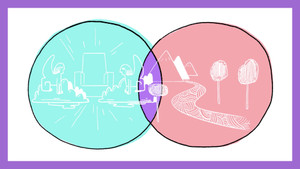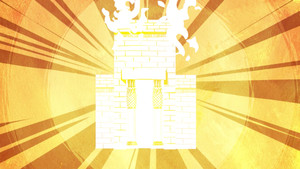
5:51

If you thought Christ was Jesus’ last name or the title he gave himself, think again! The title Jesus most often used for himself is the Son of Man. But what does that mean? In this video, we’ll explore the meaning of this fascinating phrase and see how it invites us into the larger biblical story.






























